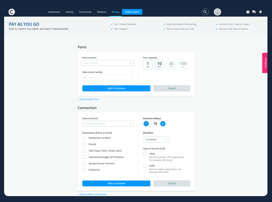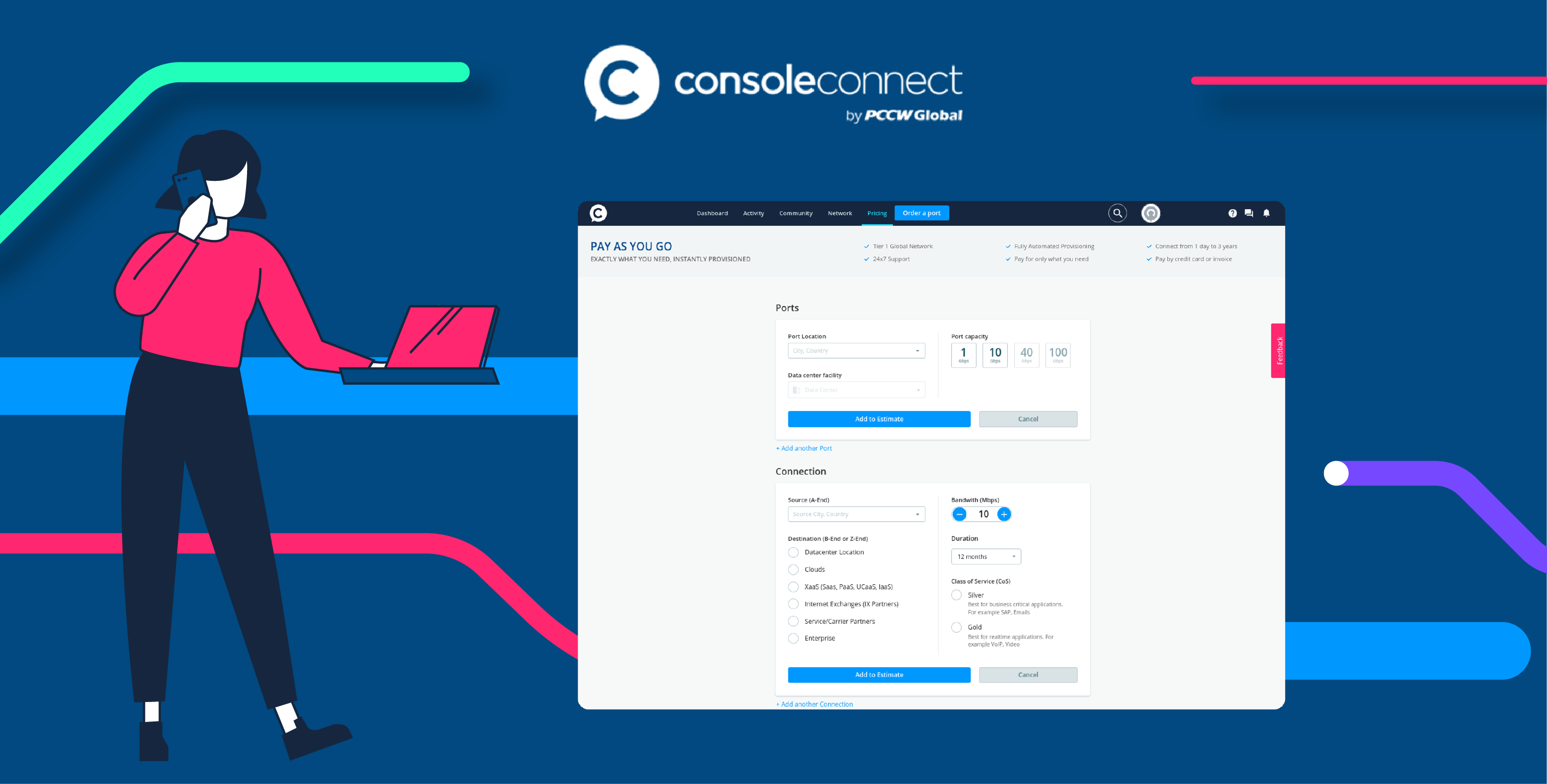When it comes to your business’s global internet access, network speed, security and performance are paramount.
Many enterprises use a premium internet service to meet the needs of their global operations. One option available to them, which we have covered extensively already on this blog, is to use dedicated internet access across a private MPLS network.
The other is to use an IP transit service. IP transit services enable an enterprise to leverage the expertise and network reach of a trusted carrier rather than try to build out a network themselves.
 IP transit providers are broken into three tiers. When it comes to global reach and network performance, only a Tier 1 provider can meet the needs of larger businesses and enterprises.
IP transit providers are broken into three tiers. When it comes to global reach and network performance, only a Tier 1 provider can meet the needs of larger businesses and enterprises.
Tier 1 providers peer with one another in order to form the ‘backbone’ of the internet, enabling expansive routing tables that can route requests anywhere on the internet. By owning the network, these Tier 1 providers can offer more stringent SLAs and reduce the number of hops on the network, which reduces latency.
Pricing considerations for traditional IP transit services
When it comes to setting up an IP transit service, careful forecasting is required by a business to understand peak traffic patterns on their network.
Businesses need to consider the size of the network uplink port (do they need 50,000Mbps or even 100,000Mbps?) and how much bandwidth they require.
They then need to consider which type of pricing model suits them best – is it based on usage or a flat rate? Each have their own benefits and drawbacks.
Usage rate billing is based on a specific unit cost. For example, you could be charged on a per Mbps basis.
Typically, usage rate billing employs a 95th Percentile model, whereby carriers do not charge for the top 5% of traffic usage in the month, and instead allow a customer to ‘burst’ up to full uplink port speed for short periods of time without incurring additional charges.
However, if your bandwidth goes higher than your committed data rate for more than 5% of the month, it is possible to incur charges.
On the other hand, you can pay a flat or tiered rate for your internet transit.
A flat rate means a business is charged a specified fixed monthly cost for a specified network speed. Pricing is therefore usually based on a full port commitment.
A tiered rate limits bandwidth at a tier selected by the customer and often only comes with a partial commitment to the port. Both flat and tiered rates are most effective if you are fully utilising the available bandwidth, and therefore cater to businesses with sustained high usage.
Introducing a new PAYG model
There is a way to avoid the headache of long-term contracts and complex pricing models usually associated with IP transit services.
Using the Console Connect portal, businesses can now experience internet access delivered across a Tier 1 global IP network - brought to you for the first time on-demand.
 Our network is consistently ranked in the top 10 for IP peering globally and the service is relied on by some of the world’s largest content and hyper-scale cloud providers, ISPs and global enterprises.
Our network is consistently ranked in the top 10 for IP peering globally and the service is relied on by some of the world’s largest content and hyper-scale cloud providers, ISPs and global enterprises.
Unlike traditional business internet services, Console Connect gives you complete control and visibility over your usage. No more ‘bursting’ and lengthy contracts, instead with our unique pay-as-you-go-model, your business can use carrier-grade internet access for as little as one day.
The service is available from a growing number of data centres worldwide – and we are adding new locations all the time.
Discover more about Internet On-Demand service.

 IP transit providers are broken into three tiers. When it comes to global reach and network performance, only a Tier 1 provider can meet the needs of larger businesses and enterprises.
IP transit providers are broken into three tiers. When it comes to global reach and network performance, only a Tier 1 provider can meet the needs of larger businesses and enterprises. Our network is consistently ranked in the top 10 for IP peering globally and the service is relied on by some of the world’s largest content and hyper-scale cloud providers, ISPs and global enterprises.
Our network is consistently ranked in the top 10 for IP peering globally and the service is relied on by some of the world’s largest content and hyper-scale cloud providers, ISPs and global enterprises.

.jpg)





.jpg)
